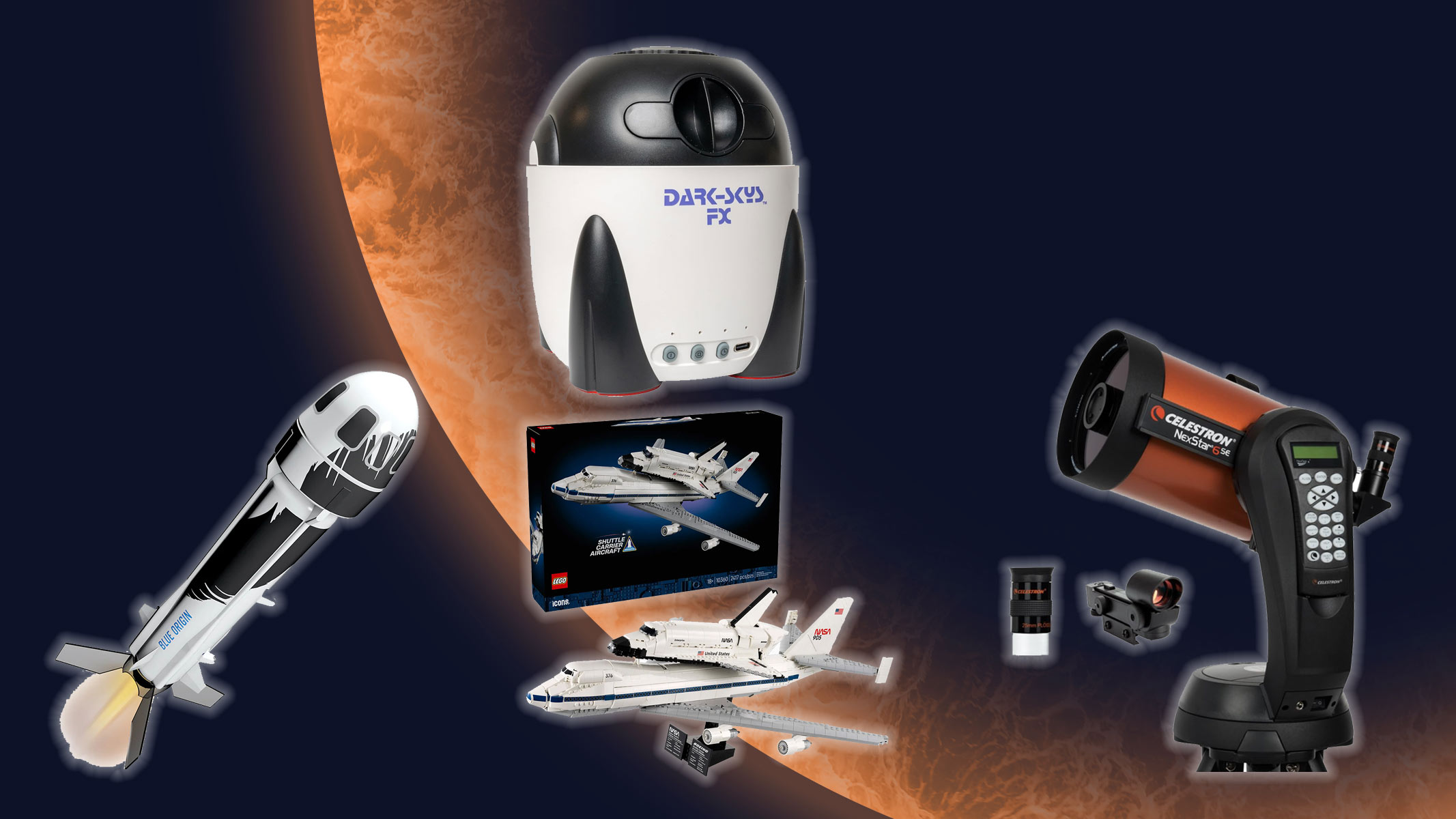Virtual reality and creativity help the crew escape their Martian confinement — Commander's report: sol 5

Stressed out and teased by the weather, the Valoria 1 crew immerses themselves in artistic and imaginative projects.

Dr. Michaela Musilova is the director of Hawaii Space Exploration Analog and Simulation (HI-SEAS) program, which conducts analog missions to the moon and Mars for scientific research at a habitat on the volcano Mauna Loa. Currently, she is in command of the two-week Valoria 1 mission and contributed this report to Space.com's Expert Voices: Op-Ed & Insights.
Commander's report for the Valoria 1 Mars mission at HI-SEAS
Sol 5 (Jan. 22, 2021)
The waiting game. That is an appropriate name for what we have been going through during our mission. We can't go outside on a Marswalk if the weather is not favorable enough. Unfortunately for us, "dust storms" (the Martian equivalent of rain storms) have been raging outside our two windows every single day. The life support systems on the analog spacesuits would get damaged in a dust storm. The crew could also potentially get lost during a storm and hurt in the challenging volcanic terrain around the HI-SEAS habitat.
Interestingly, though, the dust storms don't linger in one spot. They seem to be funneled through the valley between the two volcanoes in our vicinity, Olympus Mons (Mauna Kea with the world-renowned Mauna Kea Observatories) and Mons Huygens (Mauna Loa, where HI-SEAS is located). Sometimes the dust storms come so close that we can only see a grey, monotonous cloud outside our window. Other times, they move far enough away to give us hope that we can go on an EVA (extravehicular activity), only to take that hope away minutes later when they rush back to surround the habitat.
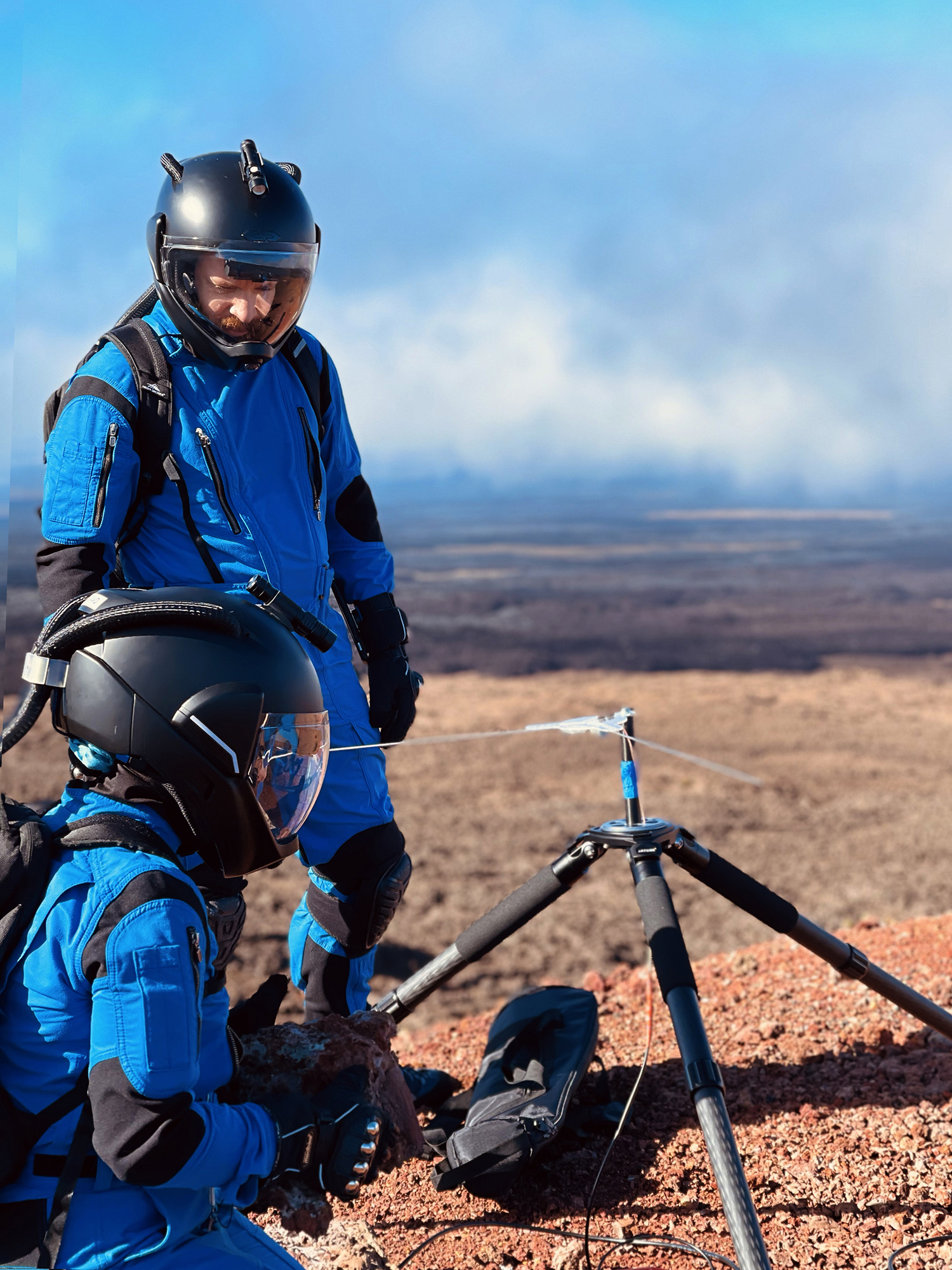
We have experienced similar "teasing" by the weather during previous missions. Menacing dust clouds would appear as soon as we started preparing for our EVAs. Just when I thought that I would have to boost the crew's morale and start building stronger confinement-resilience in all of us, it finally happened — our first Marswalk! The dust clouds scattered this afternoon long enough for Officers Kevin Pratt, Michael Barton, Hillary Coe and I to explore the terrain outside our habitat. Officers Karin Metzgar and MaryLiz Bender remained in the habitat as "HabCOM," which means that they were the habitat communicators between the crew outside on EVA and Mission Control on Earth.
Related: New crew arrives in Hawaii for mock Mars mission — Commander's report: sol 2
Breaking space news, the latest updates on rocket launches, skywatching events and more!
I gave the EVA crew geology training in the field, all while keeping an eye out for the dust clouds that kept getting closer and closer to us. Despite the time pressure, Kevin was able to set up his antenna to receive APT (automatic picture transmission) weather images from the National Oceanic and Atmospheric Administration polar orbiting satellites (NOAA 15, NOAA 18 and NOAA 19) outside the habitat. He was later able to successfully receive and decode morning and afternoon satellite passes. Kevin also evaluated the images for usefulness in local weather estimation to support EVA Go/No-Go decisions.
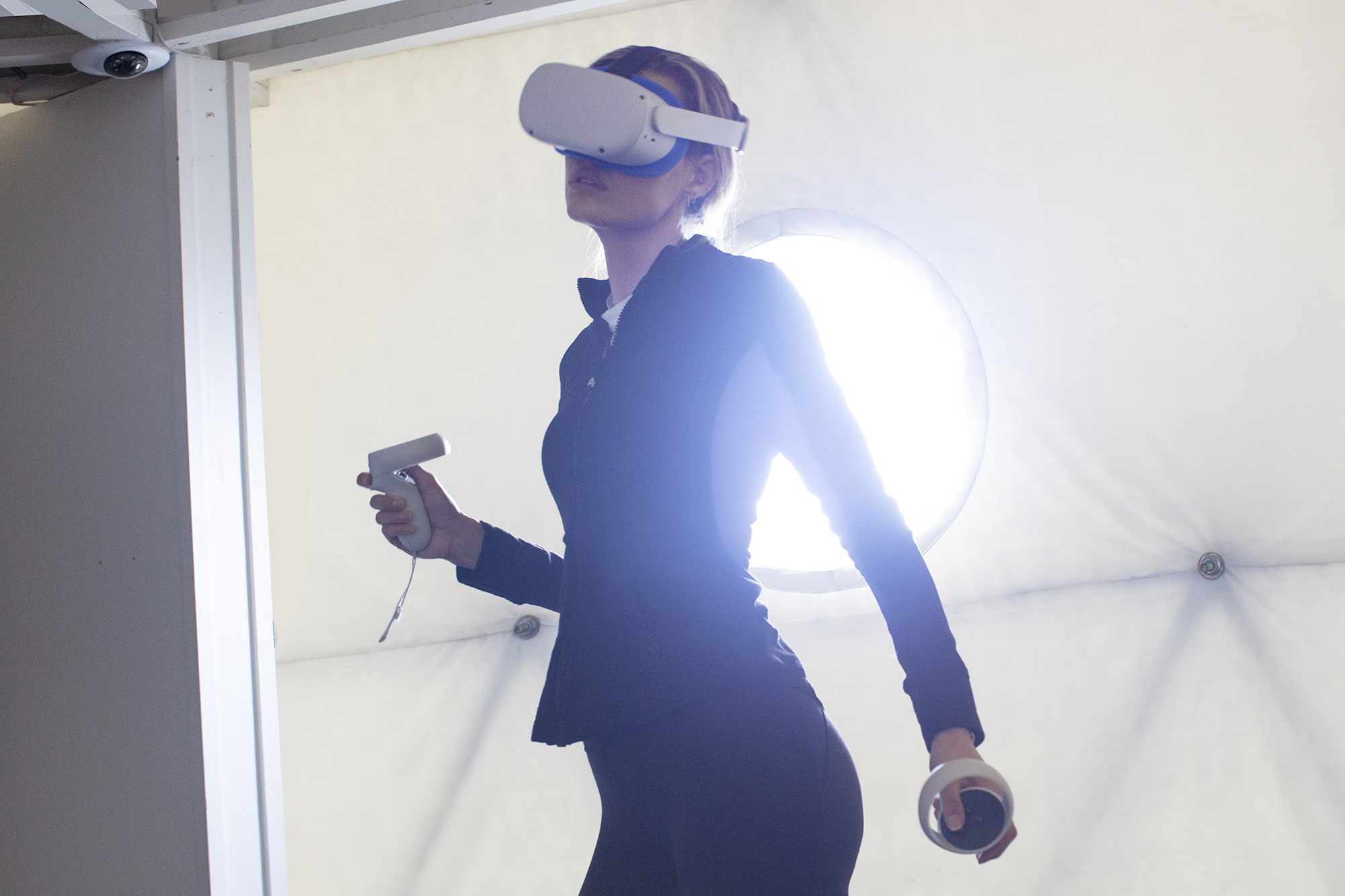
The dust storms stayed away long enough to allow me to finalize the geology and terrain exploration training that I needed my crewmembers to experience in order for them to perform EVAs on their own without me. I could tell that the crew desired to spend more time outside, but we couldn't risk tempting the weather. We entered the habitat just as the first particles of dust started to hit our helmets' visors. Here's hoping that tomorrow's weather will be favorable enough for Karin and MaryLiz to experience their first EVA!
Even though being stuck inside the habitat can be a bit depressing at times, the Valoria 1 crew has been doing a great job at keeping themselves busy and entertained. Everyone has been working hard on fitting their personal projects into our full daily schedule. It can be difficult to find time for oneself when there are so many mission-related chores and duties that everyone has to participate in. At least our exercise sessions are both fun and healthy for the crew. Thanks to Hillary, we have a variety of ways to spice them up. For instance, we use Supernatural VR workouts to escape our Martian environment and exercise, while playing games. We are also very grateful to Nike for providing us with a number of sports clothes and shoes that we have been using daily.
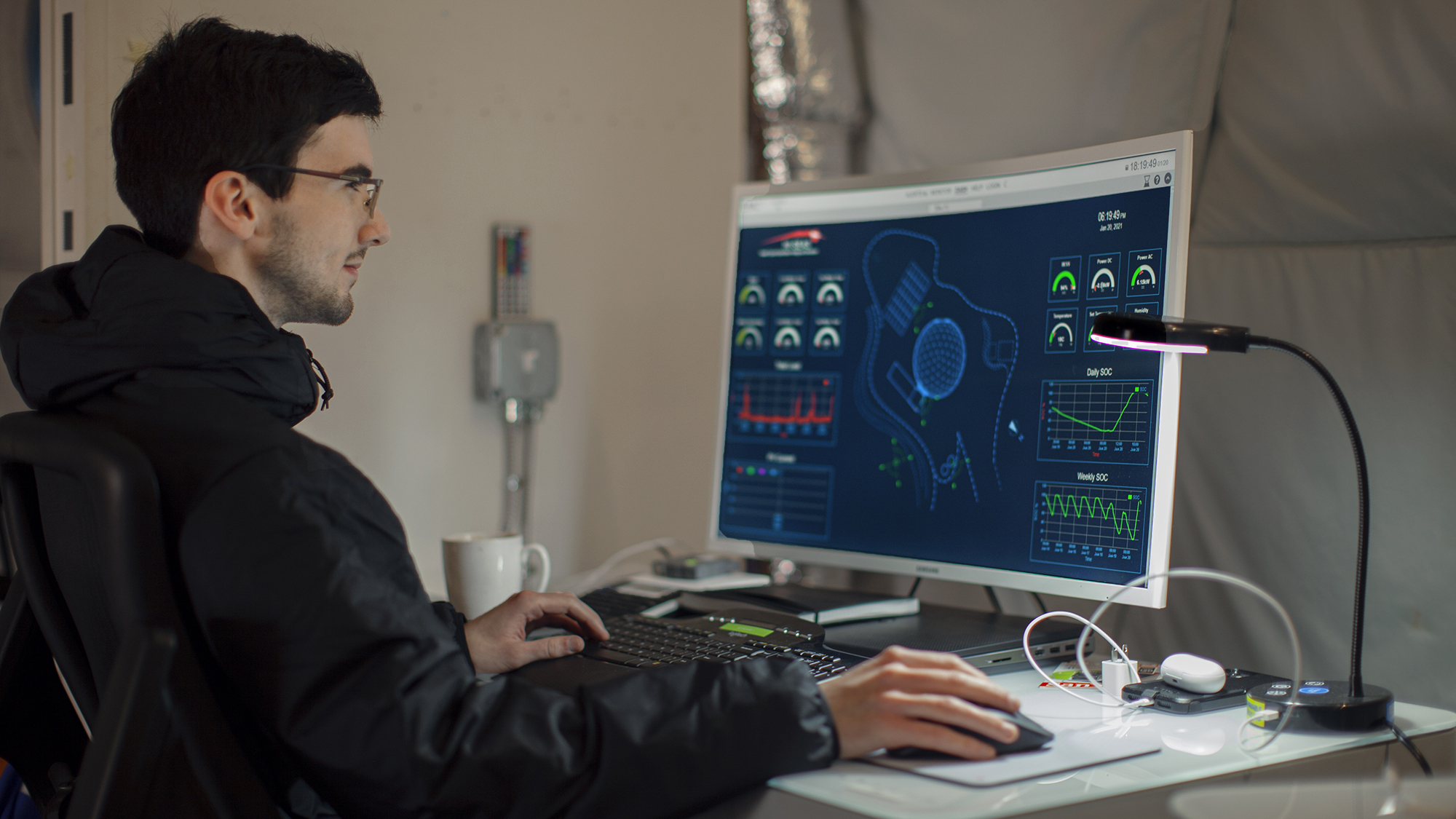
One of the outreach projects that has been keeping us busy is Michael's collaboration with the company Pyramid Games. He has been very active in creating educational videos showing the realism of both the HI-SEAS mission and Pyramid Games' upcoming "Occupy Mars" space exploration game. The game is inspired by the most promising technologies and companies that work toward the goal of helping humanity become a multi-planetary species. Video clips recorded at the HI-SEAS habitat will illustrate what it's like to live and work on Mars, and what technologies are crucial to a successful mission. The real-life footage will be juxtaposed with elements of Occupy Mars, demonstrating how close the player's experience is to the "real thing" seen at HI-SEAS.
Our Martian habitat has also been overflowing with art and creative energy. We have moved our furniture around a number of times for Karin's 3D mapping of the habitat and Hillary's photography projects. Even mugs and plants didn't escape this wave of redecorating. MaryLiz has been thriving in this environment, immersing herself in music creation with her MI.MU music gloves. Part of her goal here is to create a collaborative Mars-to-Earth album with Earth-based musician Kelly Snook. She also came to HI-SEAS to conduct research on how we'll take our humanity with us on our journey to space — using art to connect to ourselves, each other, and people back on Earth.
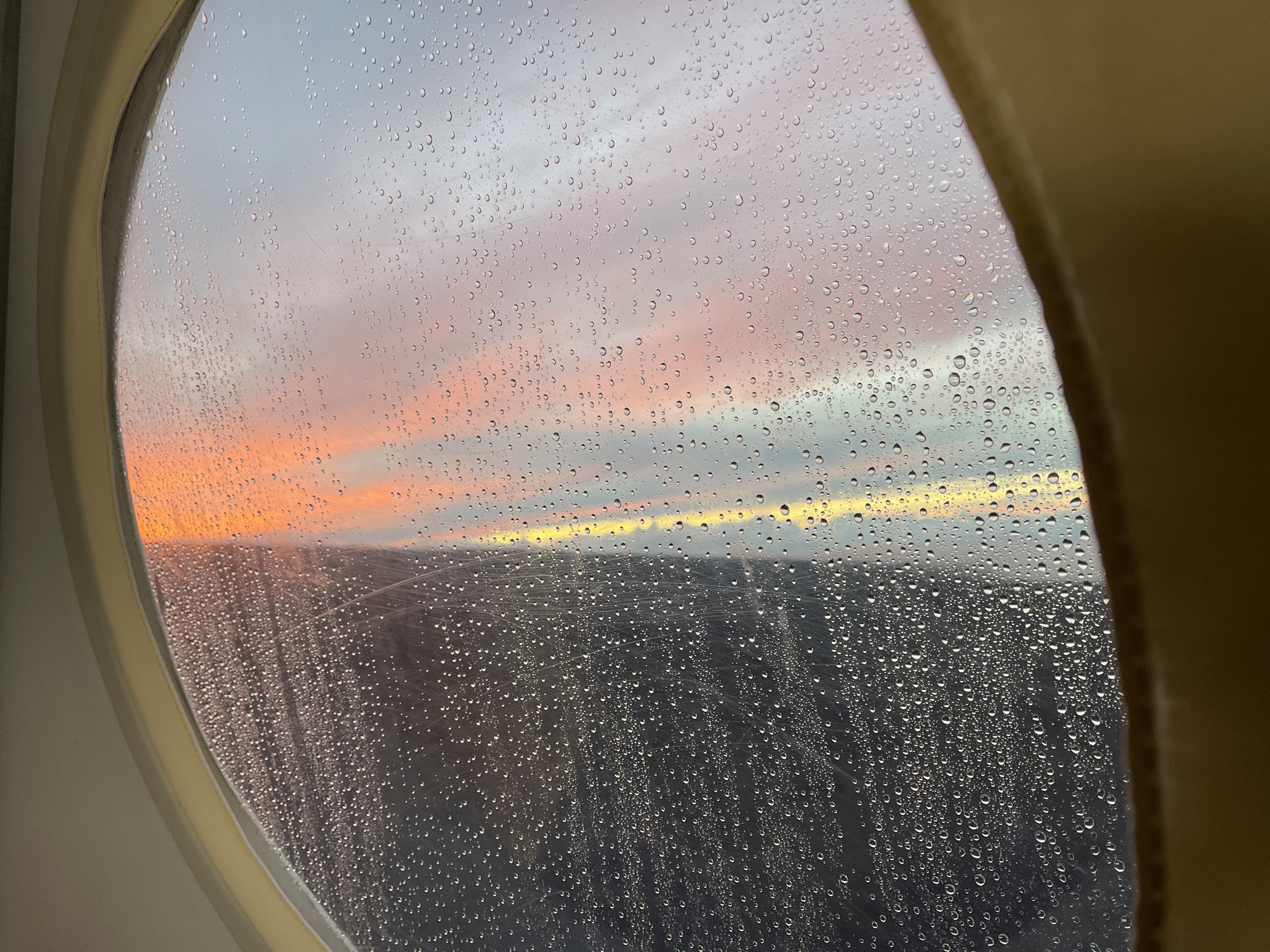
Commander Musilova signing off to our first movie night on the mission for some more comic relief and as a distraction from the dust storms. I have a bad feeling that the chosen movie will be "Spaceballs."
Follow Michaela Musilova on Twitter @astro_Michaela. Follow us on Twitter @Spacedotcom and on Facebook.
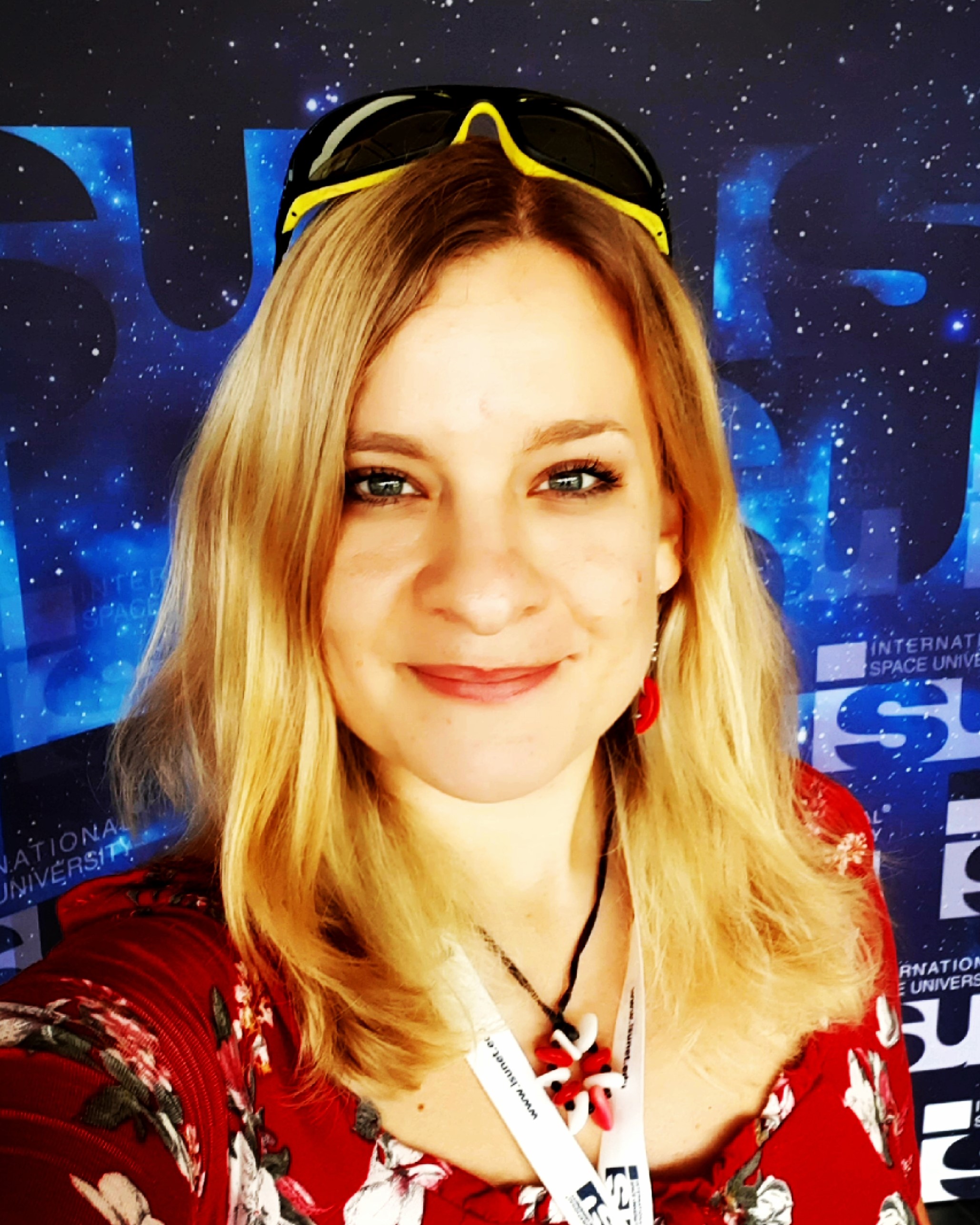
Dr. Michaela Musilova is an astrobiologist with a focus on life in extreme environments. She has a PhD degree from the University of Bristol and is a graduate from the International Space University's (ISU) Space Studies Program. Michaela's space research experience includes working at the NASA Jet Propulsion Laboratory, University of London Observatory, Canada-France-Hawaii Telescope, on NASA's and the U.K. Space Agency's MoonLite project, being an analogue astronaut and Commander of numerous simulated missions to the moon and Mars at the HI-SEAS station in Hawaii, and at the Mars Desert Research Station in Utah. Michaela is currently the Director of HI-SEAS, as part of the International MoonBase Alliance. She is also a visiting Professor at the Slovak University of Technology, Vice-Chair of the Slovak Organisation for Space Activities, Adjunct Faculty at ISU and the Senior Research Adviser for Mission Control Space Services Inc.
She has received numerous prizes and grants, including the Emerging Space Leaders Grant from the International Astronautical Federation (2016) and the Women in Aerospace – Europe Young Professional Award (2016), and she was selected as one of the most promising 30 under 30 by Forbes Slovakia (2015). Michaela is also actively involved in the Duke of Edinburgh's International Award, as a patron of the program in Slovakia and an Emerging Leader Representative for Europe, Mediterranean and Arab states. Furthermore, she enjoys participating in STEAM outreach activities from teaching at schools, giving public presentations, to working with the media and more, as well as encouraging people to pursue their dreams. For instance, she is an Advisory Board Member of the STEM Punks immersive programs for students and teachers.
